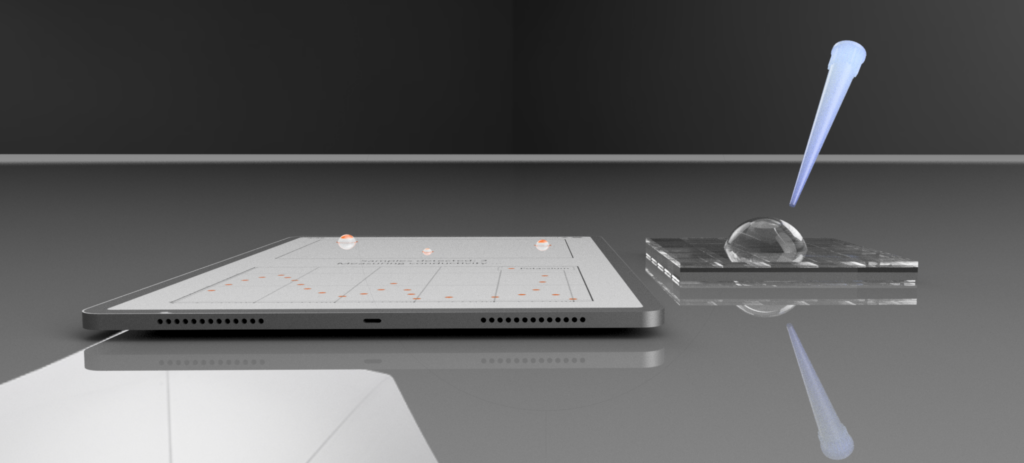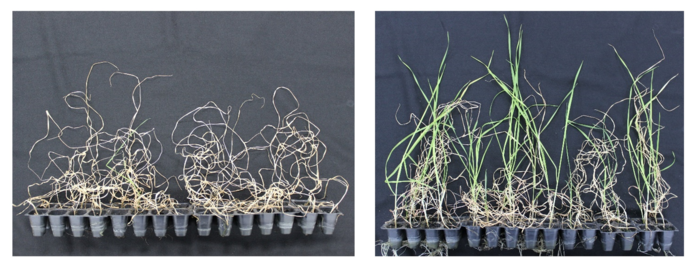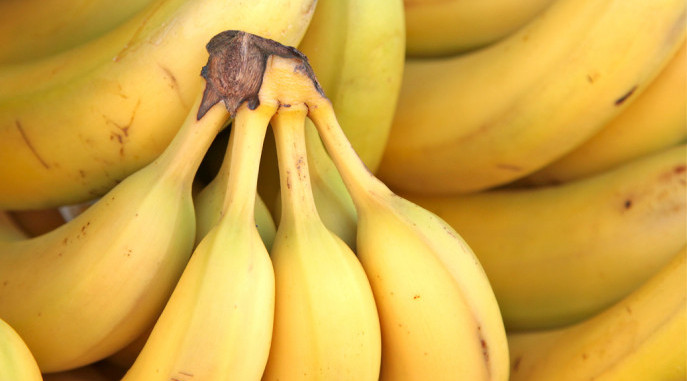The touchscreen on your smartphone now has a new use that can save lives: It can detect toxic elements in a water supply. Find out how it works.
Have you ever marveled at just how much a smartphone can do? Smaller than a paperback novel, these devices not only keep us constantly connected to people around the world, but they can unlock our cars, “swipe” our credit cards, turn lights on and off, and perform myriad other tasks, all with the tap of a screen.
But new research from the University of Cambridge points to an even more impactful use of smartphone technology, one with life-saving potential: the ability to detect toxic elements in water supply.
A new angle
While previous research has highlighted smartphone technology’s ability to sense objects, those studies either focused on cameras versus screens, or required significant changes to the phone’s screen to be useful. By contrast, this study — published earlier this month — required little to no modifications to the screen.
So how do touchscreens work to begin with? Touchscreens are basically a grid of electrodes covered in glass. With every tap or swipe, our fingers — which contain water — cause changes in the electrical field and our devices interpret the change as a command.
Lead by University of Cambridge researchers Dr. Ronan Daly and Professor Lisa Hall, the scientists sought a new way to interact with these handy screens — ideally, an interaction that was streamlined and simple. They honed in on how touchscreens interact with ions, or molecules that hold a positive or negative electric charge depending on how many electrons they contain.
“Instead of interpreting a signal from your finger, what if we could get a touchscreen to read electrolytes, since these ions also interact with the electric fields?” says Daly.

The telltale touchscreen
To find the answer, the team first ran computer simulations to depict where the touchscreen’s electrical field would interact with droplets of fluid. Then the researchers moved on to an actual touchscreen — albeit a simpler version than what’s on the smartphone in your pocket, but one that uses similar technology.
Adding droplets of different liquids to the screen, the researchers recorded changes in the liquids’ abilities to hold an electric charge. Depending on how concentrated the ions were in the different liquids, and the charges of those ions, the liquids behaved differently from one another on the touchscreen. Noting these changes allowed the researchers to sense the contents of the fluid.
Related: Researchers Create Flexible, Printable LED
Currently, this process doesn’t pinpoint any and all contaminants in drinking water, but it can detect common ionic contaminants like arsenic, which is a carcinogen and deadly if consumed over time. While many municipalities filter arsenic out of their water supply before it reaches consumers, there is always a risk of those systems failing. In some parts of the world, water isn’t treated and arsenic contamination is a common danger.
Saving lives, drop by drop
According to Daly, this technology could one day help create in-home sensors that residents can use to determine if their water is safe to drink. It can also aid in soil testing, to help farmers determine if their soil is contaminated or safe for crops.
Related: Water Quality Monitoring by Bacterial Biosensors
Moreover, the portability and relative ease of access to smartphones and other touchscreen technology — compared to multi-million dollar lab equipment — means that not only could individuals sense what’s in their water or soil, but they could communicate that data quickly across a network.
Daly, Hall and their team hope to build upon this new information to expand touchscreens’ ability to detect more than ions. Daly points out that lead — another all-too-common water contaminant — could be picked up if touchscreens can one day detect heavy metals. Once this technology is developed to detect a variety of molecules, it could also help diagnose medical problems, presenting an even larger potential impact on public health.
“We’re keen to do much more on this — it’s just the first step,” Hall says.
This study was published in the journal Sensors and Actuators B.
Reference
Horstmann, S., Henderson, C. J., Hall, E. A. H., & Daly, R. (2021). Capacitive touchscreen sensing – A measure of electrolyte conductivity. Sensors and Actuators B: Chemical, 345. https://doi.org/10.1016/j.snb.2021.130318

About the Author
Mackenzie Myers Fowler is a science writer, avid knitter, and former field station ragamuffin. She holds an MFA in nonfiction writing but would be a soil scientist if she could do it all over again. She lives in Michigan with her husband, her cat, and a plethora of houseplants.




